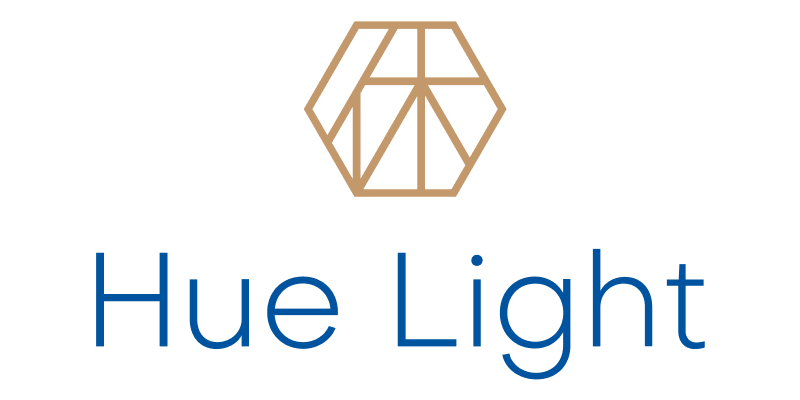Cancer- Related


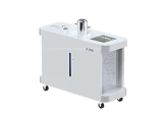
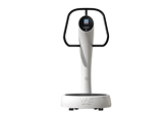
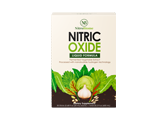
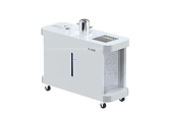
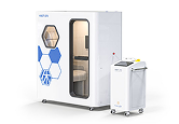



Photobiomodulation Treatment Device
Hyperbaric Oxygen Chamber
Hydrogen Inhalation Machine
Nano-bubble Hydrogen
Water Generator
Whole Body Wave
Motion Exercise Device
Nitro Biome
BAHI Longevity
Product Background
References
Customer Center
Get In Touch
- Haan-ro, Gwangmyeong-si, Gyeonggi-do, Republic of Korea
- +82)2-898-2116
- info@huelight.kr
Copyright 2025 © Hue Light Co., Ltd. All rights reserved.
Disclaimer: The medical papers and academic information provided on this site are intended for educational purposes only and are not meant to
diagnose, treat, prevent diseases, or substitute for a doctor’s advice.
E-MAIL: info@huelight.kr I TEL : 02-898-2116 I HUE LIGHT CO., LTD SK Techno park E-1311. 60, Haan-ro, Gwangmyeong-si, Gyeonggi-do, Republic of Korea I Copyright 2024 © Hue Light Co., Ltd. All rights reserved
Disclaimer: The medical papers and academic information provided on this site are intended for educational purposes only and are not meant to diagnose, treat, prevent diseases, or substitute for a doctor’s advice.
Photobiomodulation Treatment device
Hyperbaric Oxygen
Chamber
Learn More
References
Copyright 2024 © Hue Light Co., Ltd. All rights reserved
Disclaimer: The medical papers and academic information provided on this site are intended for educational purposes only and are not meant to diagnose, treat, prevent diseases, or substitute for a doctor’s advice.
